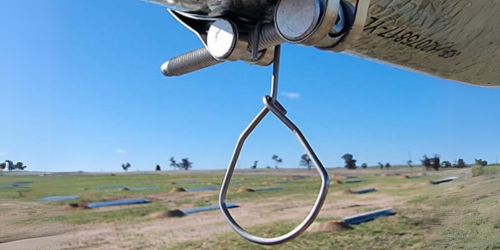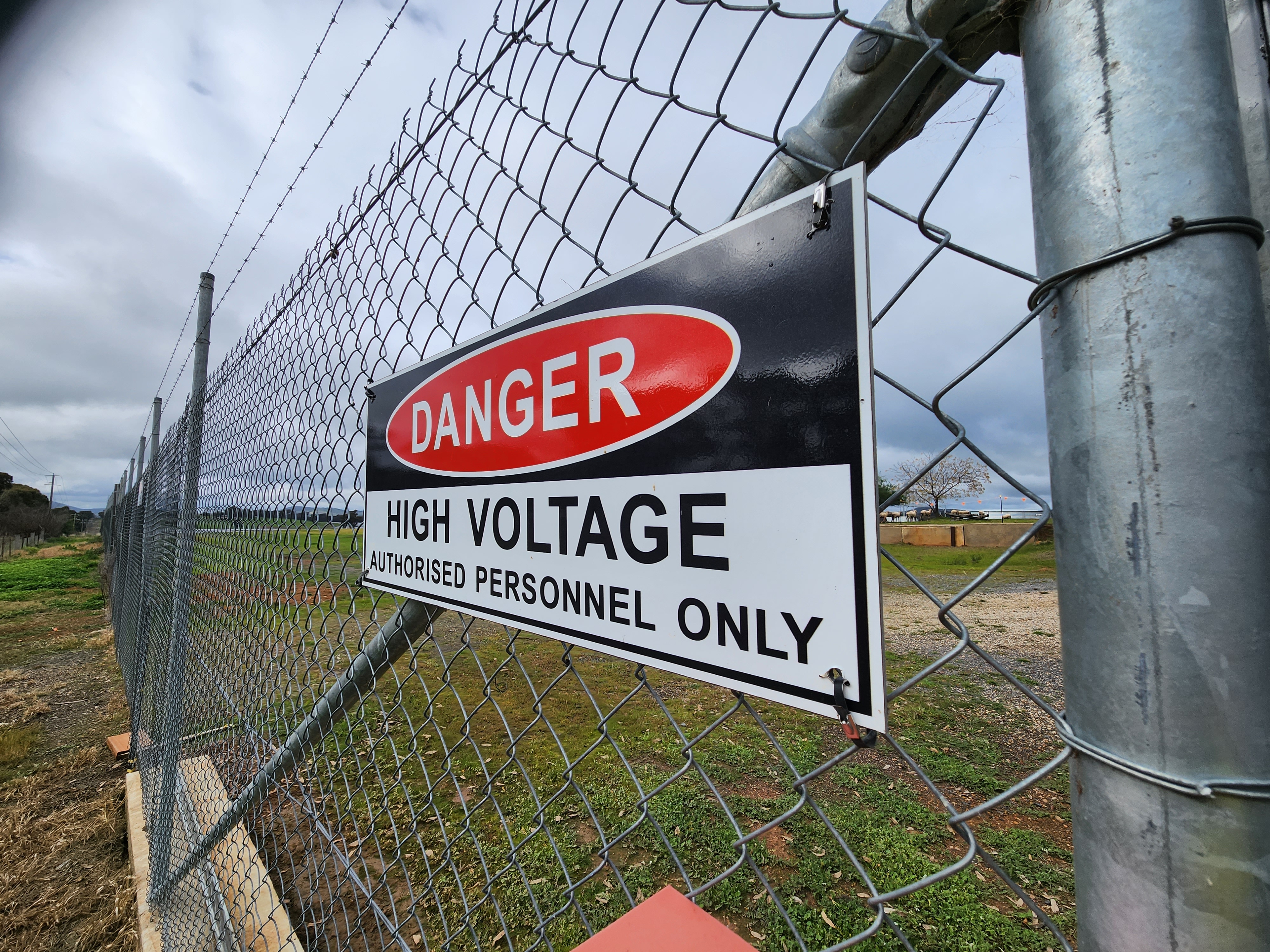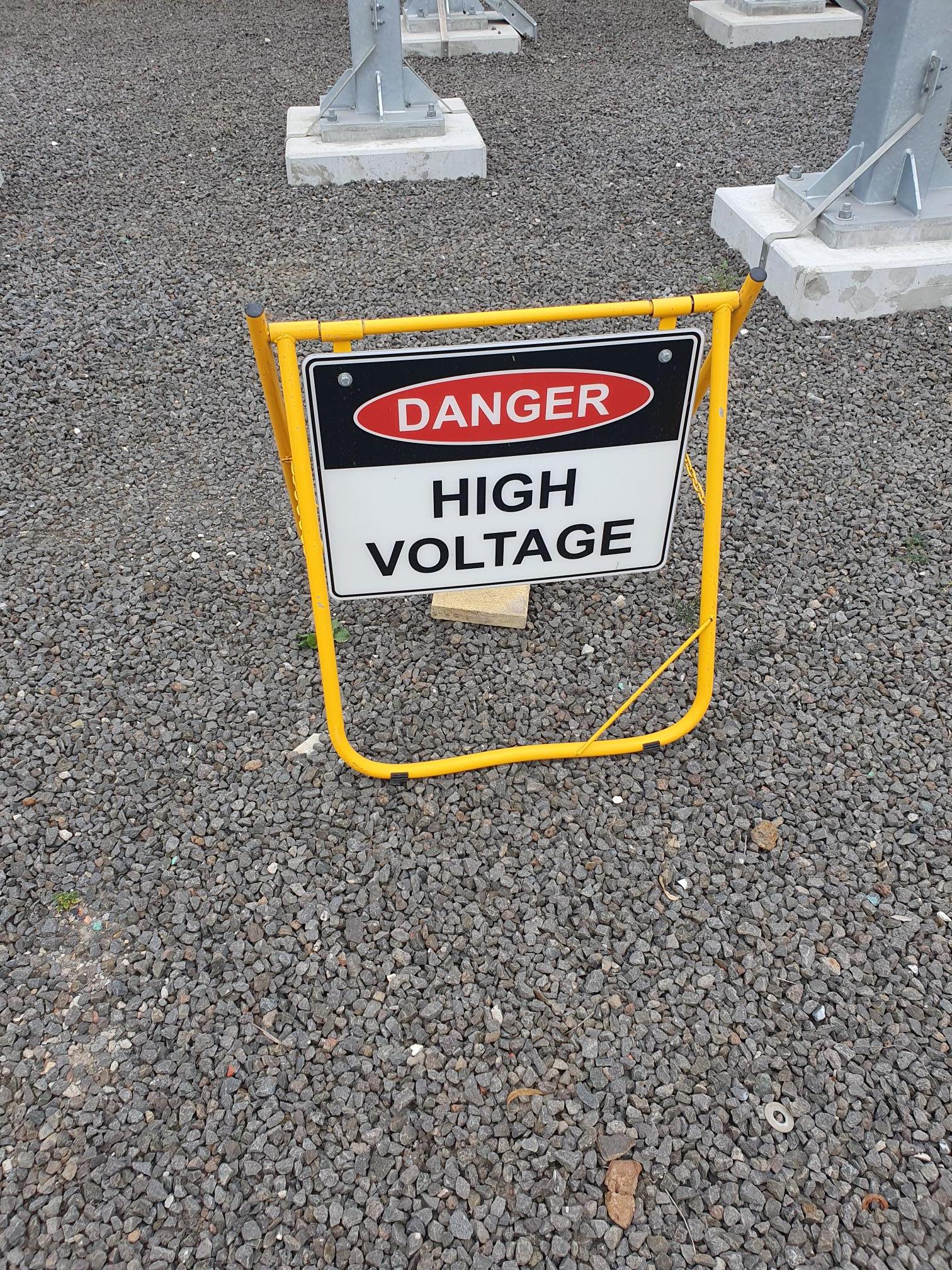In the realm of workplace safety, the correct use of signage is not just a matter of protocol—it's a vital measure that can prevent accidents and save lives.
Understanding the nuances between "Danger" and "Warning" signs is essential for maintaining a safe work environment, especially in compliance with the AS/NZS 1319:1994 standard. This standard provides clear guidelines for the use of safety signs in the occupational environment, dictating when and how these signs should be deployed to alert teams and the public to potential hazards.
The Crucial Difference Between "Danger" and "Warning" Signs
Danger Signs: The term "Danger" is reserved for situations presenting hazards that are considered life-threatening. The use of a Danger sign indicates that immediate harm could occur if the warning is not heeded. These signs are designed to catch attention quickly, typically featuring bold colors like red, black, and white, to ensure they are not overlooked. In alignment with AS/NZS 1319:1994, Danger signs must be used judiciously, only in scenarios where there is a genuine risk of death or severe injury. Examples might include areas with high voltage, toxic gas exposure, or the risk of explosion.
U3 signage is particularly suited for "Danger" signs due to its unmatched durability, which is achieved through the use of advanced materials like UV-blocking 2mm polymer resin and marine-grade aluminum. This composition ensures that the signs withstand harsh environmental conditions without fading or deteriorating, making them a reliable tool for conveying life-saving messages in areas where the risk level is high.
Warning Signs: On the other hand, "Warning" signs are used in situations where the potential hazard could cause harm or injury but is not likely to be life-threatening. The shift from using "Caution" to "Warning" within the standard aims to standardise the terminology and make the degree of hazard clear. Warning signs typically use yellow as the dominant color, symbolising the need for caution while not conveying an immediate threat to life. They are appropriate for situations like slip and trip hazards, areas with low headroom, or the presence of moderately hazardous materials.
Application According to AS/NZS 1319:1994
The distinction between Danger and Warning signs under AS/NZS 1319:1994 is not just semantics; it's a critical element in hazard communication that informs individuals of the severity of the risk ahead. By categorising hazards into life-threatening and non-life-threatening, the standard helps organisations implement a hierarchised safety warning system that effectively prioritises the most severe risks, ensuring that Danger signs capture immediate attention in situations where it's most needed.
Implementing Compliant Signage
Ensuring compliance with AS/NZS 1319:1994 means more than just selecting the right sign; it involves a comprehensive approach to risk assessment and hazard communication. Organisations must:
- Conduct Thorough Risk Assessments: Identify potential hazards within the workplace, categorising them according to the level of risk they present.
- Choose Appropriate Signage: Select Danger signs for life-threatening hazards and Warning signs for less severe risks, following the color and design guidelines set forth in the standard.
- Place Signs Strategically: Install signage in clear view, ensuring that it is visible to all who might be exposed to the hazard.
Seeking Expert Guidance
If you're looking to ensure your signage is fully compliant with AS/NZS 1319:1994, consulting with safety signage experts, such as Identimark, can provide invaluable insights. As specialists, we can offer tailored advice on selecting the appropriate signs, conducting risk assessments, and implementing an effective safety signage strategy that meets the standard's requirements.
In summary, understanding and correctly applying the distinction between Danger and Warning signs is crucial for maintaining workplace safety and compliance with AS/NZS 1319:1994. By adhering to these guidelines, organisations can effectively communicate hazards, minimise risk, and protect their workforce.
Why Choose U3 Signage for Compliance and Safety
Choosing U3 signs for both "Danger" and "Warning" applications ensures compliance with AS/NZS 1319:1994 standards while providing the benefits of cutting-edge sign technology. The accelerated weather testing that U3 signs undergo simulates over 40 years of exposure, affirming their capacity to remain vibrant and legible in diverse and challenging conditions. This makes U3 signs by Identimark not only a compliant choice but also a cost-effective and environmentally responsible one, reducing the need for periodic sign replacement and thereby minimizing waste.
For organisations aiming to enhance their safety signage strategy while ensuring adherence to AS/NZS 1319:1994 standards, Identimark’s U3 signage offers a robust, reliable, and compliant solution. With U3 signs, you can effectively communicate both "Danger" and "Warning" messages, safeguarding your workforce and operations against potential hazards with signs designed to last a lifetime.



.jpg?width=3840&height=1200&name=person-working-building-construction%201%20(4).jpg)


.png)


